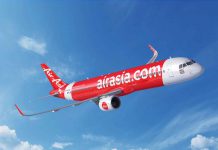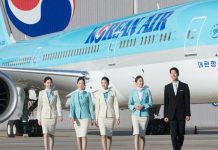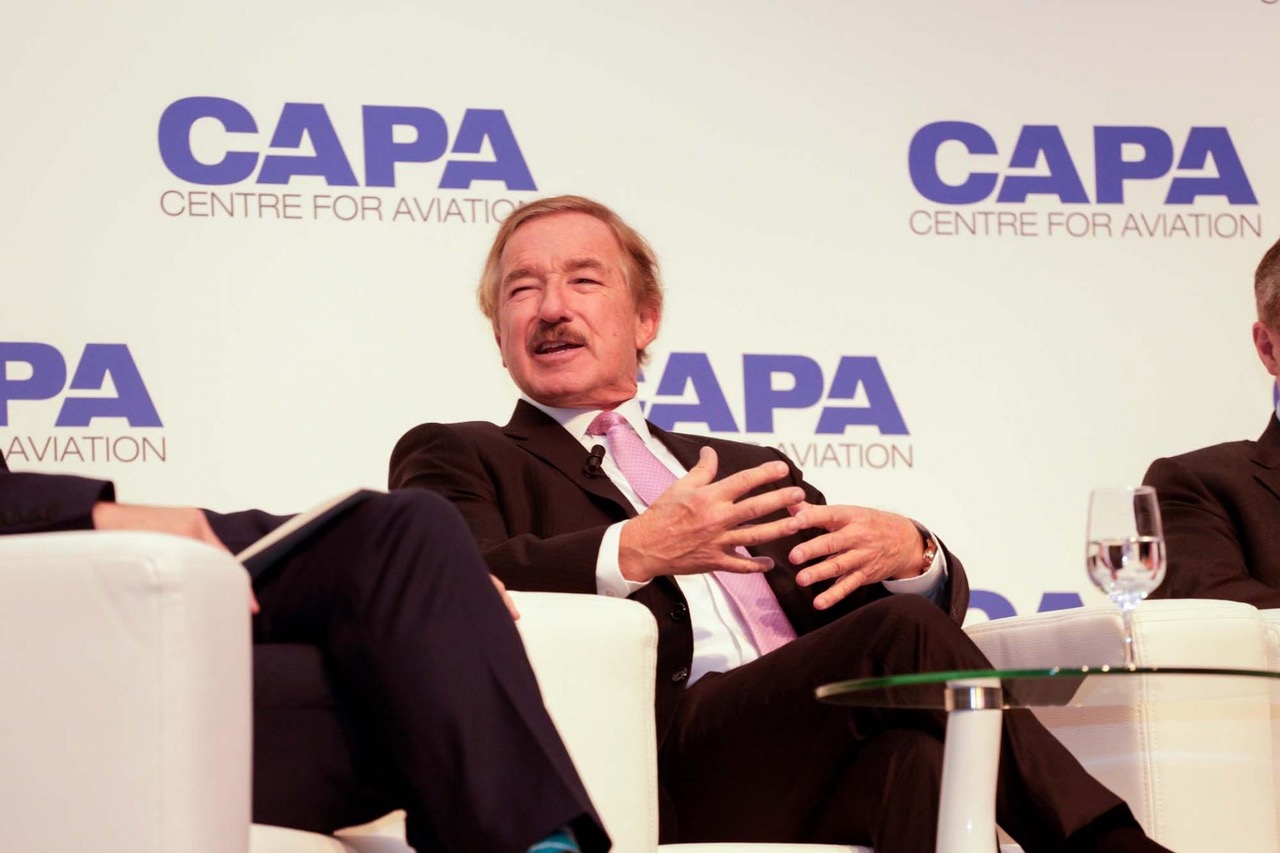The business case for low-cost long-haul airlines has been dismal so far.
French carrier XL Airways was the last one to exit the market, following WOW Air from Iceland and Primera Air from Scandinavia.
The biggest remaining players Norwegian Air Shutte and Air Asia X are deeply in the red, producing heavy losses. Others like Jetstar, Canadian operator WestJet, Air Canada Rouge or start-up French Bee are either following a hybrid model or are too small to make a meaningful impact.
So far the business case of low-cost long-haul flying has not been proven.
READ: Modified 767 not seen as a replacement for the NMA: Boeing exec.
This is mostly due to the fact that overhead costs are fairly similar to legacy carriers on very long routes, giving the low-cost operators less leverage to lower operating costs as they have on successful short- and medium-haul runs.
But there is hope: new narrow-body aircraft with an ultra-long-range like the Airbus A321neoLR and even more the A321XLR are all the rage and breathe new life into a so-far unstable area of the airline business.

“With the new long-haul narrow-bodies now everybody can join the segment. The Airbus A321XLR causes a disruption similar to what the Airbus A380 and Boeing 777-300ER did for the Gulf carriers,” said Peter Harbison, Chairman Emeritus of the Sydney-based CAPA Centre for Aviation at an industry conference recently held in Hamburg.
“This is a remarkable change, as these aircraft can do Hamburg to Dallas with 220 seats or almost make it to Tokyo or China from here.”
Harbison pointed out the growing role of long-haul low-cost airlines from the Persian Gulf, especially independent ones like Air Arabia, based in Sharjah in the UAE, close to Dubai. The carrier, founded in 2003, is among the most profitable ones and has only recently entered longer-haul markets thanks to the first of six leased A321neoLRs joining the fleet.
On Wednesday, Air Arabia has announced to set up a new entity jointly with Etihad called Air Arabia Abu Dhabi, based in the capital of the UAE.
“From our hub in Sharjah we currently fly routes of up to eight hours with the LRs, like from Sharjah to Prague, Vienna, Moscow and Nairobi,” said Air Arabia CEO Adel Ali. “We have a good experience with the LRs, they are very fuel-efficient and the number of seats, 215 in our case, pays back.”

That argument was underscored by Steven Udvar-Hazy, leasing guru and owner of Air Lease Corporation.
He first shared his insight on the demise of Icelandic carrier WOW Air,, saying “They did fine until they introduced A330 wide-bodies prematurely, these aircraft lost money during eight or nine months of a year, wiping out all other profits.
“The A330s sat on dead-ends in San Francisco and Los Angeles, where they had no local feed.”
So for the multi-billionaire, it is clear: “Wide-bodies caused WOW’s demise.”
He also advocates the A321XLR, entering service in 2023, as a low-risk way for airlines to enter long haul markets.
“The XLR will have only 5 percent higher operating costs than the current A321neoLR, we don’t have that option on the 737 MAX,” Udvar-Hazy said.
He then let slip an industry secret: “Boeing is working on a 737 MAX 9ER, which also could play a role in low-cost long-haul in the future. The A321XLR is a fine machine, but I wouldn’t discount the Boeing product just yet.”
Airbus has seen a smooth and swift introduction this year of its A321neoLR model boasting a range of 4,000nm (7,400 km).
“Aer Lingus utilizes it 18 hours a day, doing Dublin-Washington/Dulles-Dublin-London-Dublin with them,” explained Yves Renard from Airbus.
TAP Air Portugal will deploy it from Lisbon to Belem in Brazil from October 29, replacing an A330, and announced this week it’ll do the same on Lisbon to Natal from late March 2020.
“The A321XLR, doing 4,700 nm (8,700 km), offers wide-body seat-mile costs with the economical advantages of a narrow-body,” stressed Renard.
And at the same time, he brought into play the newest member of the Airbus family for the task.
“The A220 with its range of 3,400 nm (6,300 km) is promising for future low-cost operations,” Airbus Market Intelligence manager said.
But then Angus Clarke, EVP Strategy at Air France-KLM, countered that the A321XLR “is a bit slow” with its max speed of Mach 0.8 and that both new Airbus long-range narrow-bodies are “very expensive aircraft.”
He added: “We believe in Ryanair’s strategy to buy aircraft when they are at their lowest price. As the Airbus facility in Montréal-Mirabel was in a slightly distressed environment as their US customers needed aircraft manufactured in Mobile/Alabama, we had our Ryanair moment when we recently ordered 60 A220 for Air France.”
























